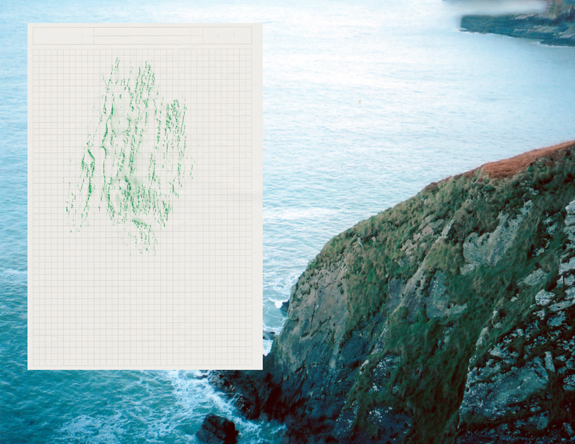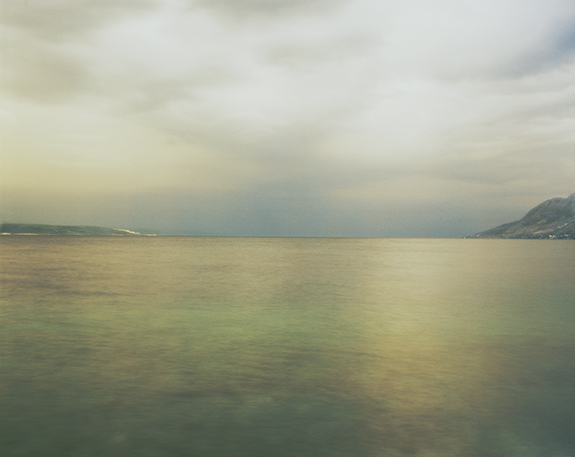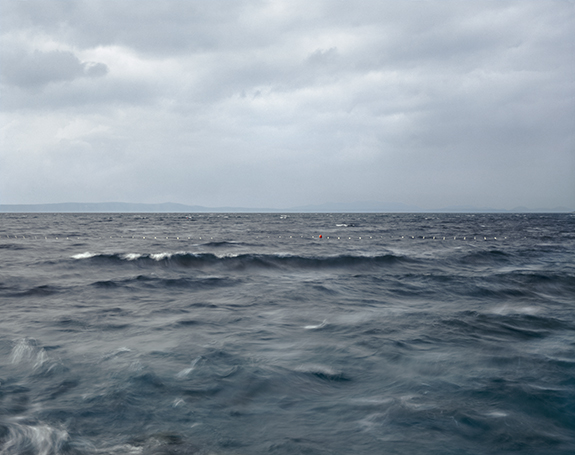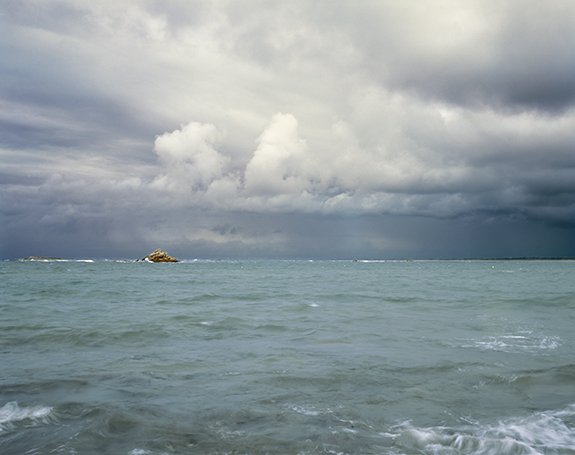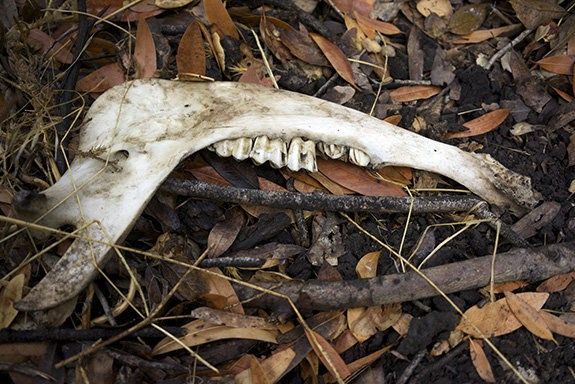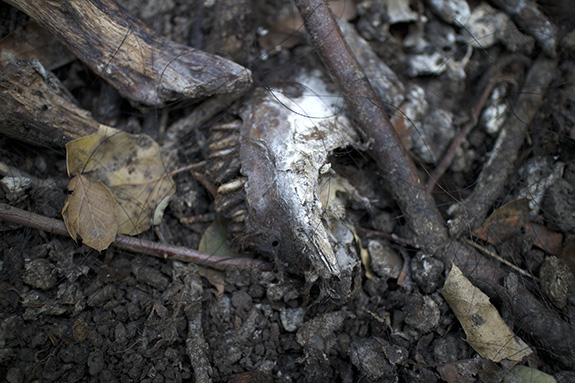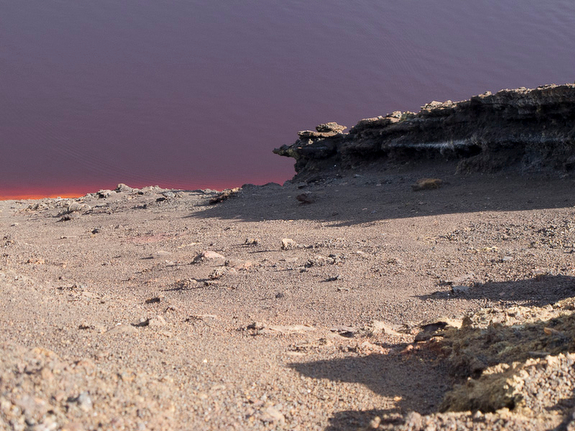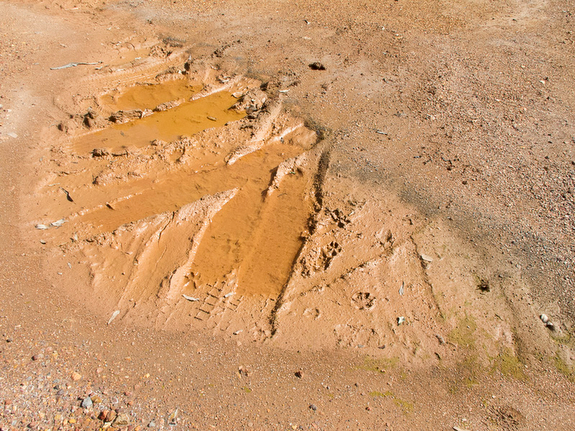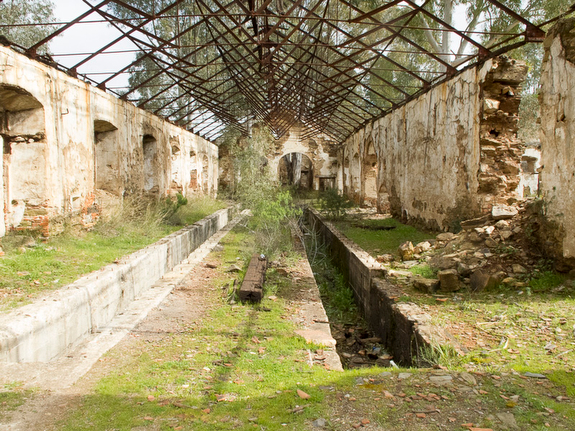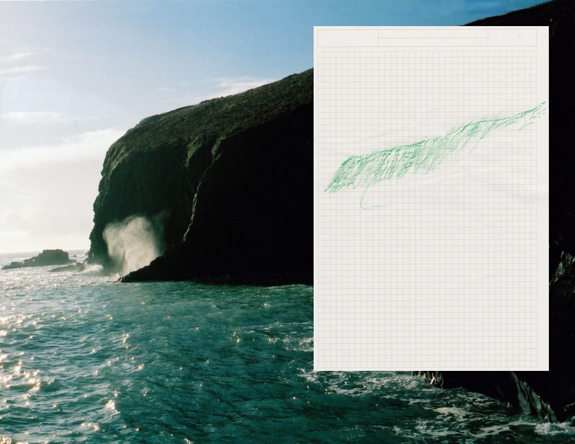
With a field-driven approach, my practice examines cross-cultural patterns at the junction between the foreign and the familiar. Recent projects Topographic Mindset and the waves would welcome it beneath the sea use analogue photographic processes to address geography, borders, and place in a phenomenological manner.
In the mixed media series, the waves would welcome it beneath the sea, I traveled to Ireland in search of the sublime feeling of both beauty and fear that comes with standing on the edge of a cliff, overlooking something. I wanted to investigate geo-cultural patterns and phenomena within the landscape. I wanted to prove that these coincidental patterns exist and that rocks, no matter where in the world, form a solid cultural foundation. I made rubbings of the rocks along the coast of Nohoval Cove while also photographing the cliffs. By chance, the rock rubbings echoed the photographs I took and vise versa.
— Ding Ren, Amsterdam, The Netherlands & Washington, DC, USA
